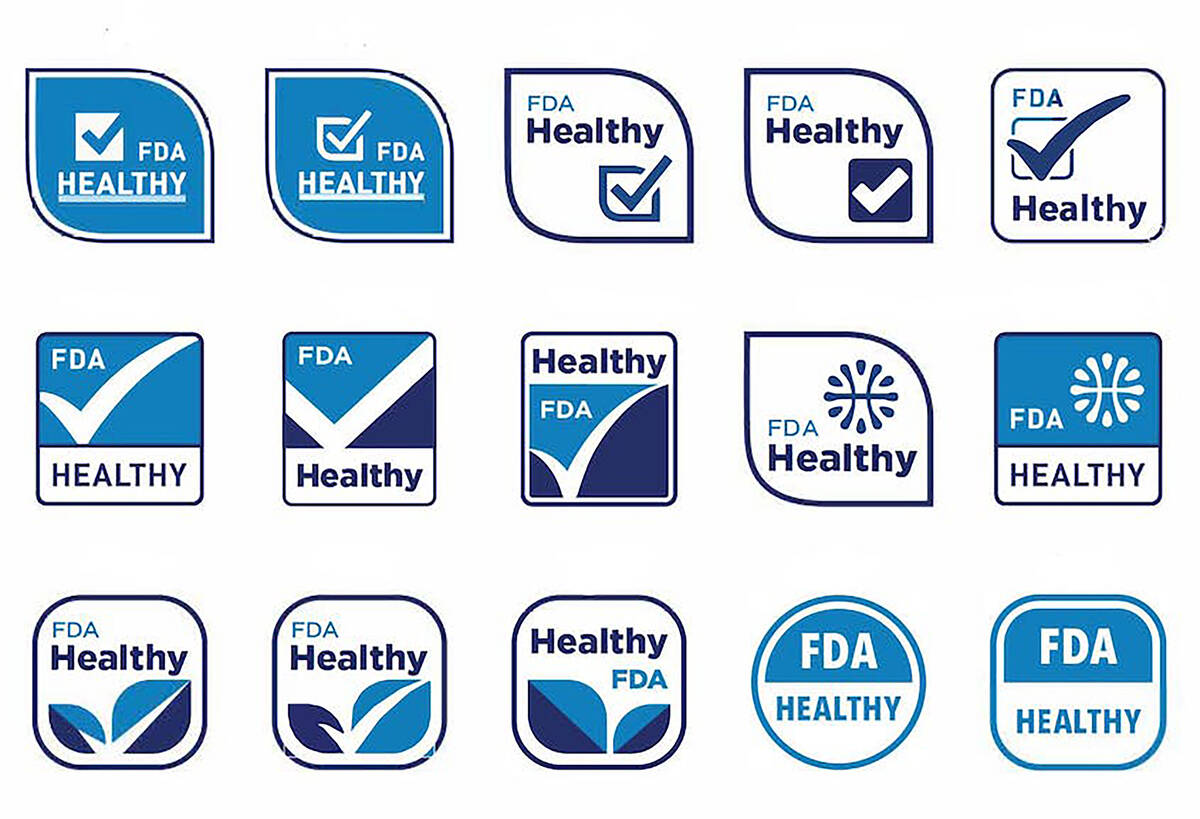‘Healthy’ food proposal draws mixed reactions from experts
The Food and Drug Administration has proposed a new definition for what constitutes “healthy” food, taking a more holistic look at nutrition and food groups instead of focusing solely on a few vitamins, minerals and nutrients.
The proposal has provoked a mixed response from nutritionists, the food industry and public health officials, highlighting the thorny task of broadly regulating something as personal as an individual diet.
Nutrition science has evolved significantly since the FDA last defined “healthy” in 1994 — and so has the prevalence of obesity and diet-related diseases.
And because food packaging can be highly influential on both consumers and food manufacturers, the FDA believes a “healthy” label will lead to better products and eating habits.
“It makes sense that they decided to update the definition and make it consistent with the science,” said Marlene Schwartz, director of the Rudd Center for Food Policy and Health at the University of Connecticut. “But when you just focus on healthy and are silent on the less healthy, you’re not having the impact you could if you actually communicated the whole spectrum.”
Nutritionists voice skepticism
The FDA’s ultimate goal is to reduce the prevalence of diseases that can stem from poor diets, such as cardiovascular disease, type 2 diabetes and certain cancers, as well as obesity.
Most Americans eat far more sodium than is recommended — largely from processed food — while 80 percent of Americans do not eat enough fruit and 90 percent do not eat enough vegetables, the agency said.
And so, if the FDA’s goal is to make Americans healthier, some nutritionists say the updated definition misses the mark.
“Most of this is packaged food, processed food that’s going to get this label,” said Joanne Slavin, a nutrition expert and professor at the University of Minnesota. “It’s putting a lot of effort into something that isn’t going to increase consumption of fruits and vegetables.”
For nearly 30 years, the FDA’s requirements for what products can carry “healthy” label have focused on increasing intake of certain nutrients while restricting others. The agency says that interpretation is “outdated.”
The proposed definition hangs on to some nutrient restrictions that disqualify products high in sodium, saturated fat and added sugar from being called healthy. But it focuses largely on encouraging servings of different food groups and nutrient-dense foods as opposed to a minimum level of vitamin C.
That would be in line with the most recent dietary guidelines, which are updated every five years and were last issued in 2020.
“Good nutrition does not come from intake of individual nutrients … but rather from foods with their mix of various nutrients working together in combination,” the FDA’s proposed definition says. “Claims on food packages such as ‘healthy’ can provide quick signals to consumers … to select foods that can help build more healthful diets.”
Some of the big winners, if the proposed “healthy” definition is approved, would be eggs, seafood, nuts and seeds. The fat content of those foods is now understood to be beneficial, or at least not harmful, considering other nutrients they provide.
“This proposed definition is more good news for egg-lovers as it affirms the science showing that eggs are an all-around nutrient powerhouse,” Emily Metz, president of the American Egg Board, said in a statement.
Who would benefit?
Currently, just 5 percent of all packaged food uses the term “healthy” in its labeling, though the FDA says about 14 percent could use the existing definition. The agency hopes it can spur food manufacturers to reformulate products to meet the new definition and encourage those that already meet it to use the label.
“This definition has been in progress for six years and will go a long way toward providing clarity for companies wanting to put additional information on their packages to support consumer choices,” FMI, the Food Industry Association, said in a statement.
But Slavin and others say that primarily benefits large foodmakers who can afford to update formulas and labels.
“It’s a huge economic burden for small producers and entrepreneurs,” Slavin said. “It really hurts innovators and people we want to sell their fruits, vegetables and grain products that are more regenerative and sustainable.”
In addition to the “healthy” update, the Biden administration is also looking at adding “star ratings” or “traffic lights” to packaged foods to signal nutritional content.
Schwartz said that in order to truly make a dent in eating habits, foods high in saturated fat, sodium and added sugar need to carry easy-to-understand labels that say so.
“It makes a difference — people will shift what they select,” she said.
The Consumer Brands Association says such front-of-package labels should remain voluntary or be incentive-based.
The process to update “healthy” started in 2015 when the FDA asked the maker of Kind bars to stop calling its product healthy because of the fat content from the product’s nuts; Kind responded with a petition to change the definition. The process stalled out and was recently revived as part of the White House food and nutrition conference in September.
Slavin maintains the new definition will still be “misleading” and could lead to lawsuits, because what’s healthy for the general population may not apply to certain groups or individuals.
“The nutrition facts that are already there (on the back) are helpful, but putting things on the front that are judgmental isn’t good,” she said. “For us to be dinking around on the edges of what’s healthy for an overfed population isn’t a game-changer at all.”



















